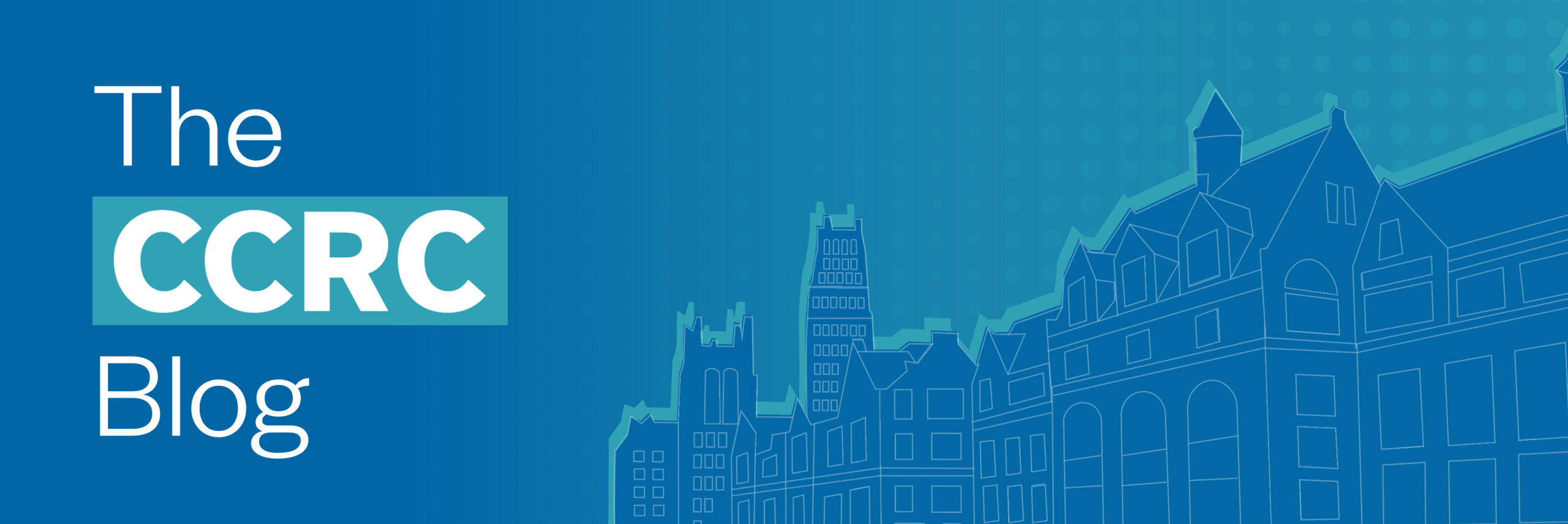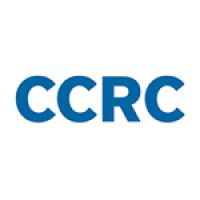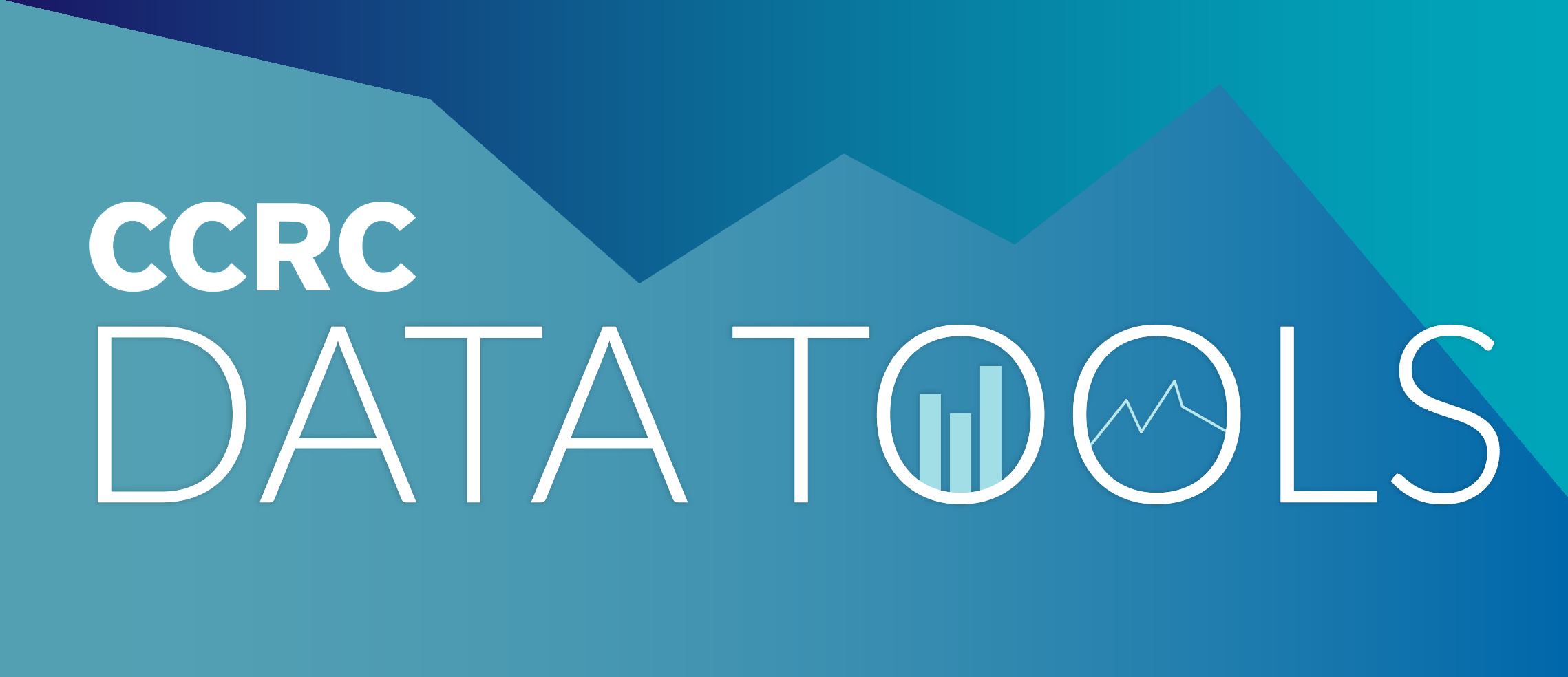By Davis Jenkins, Serena C. Klempin, and Hana Lahr
In our new book More Essential Than Ever: Community College Pathways to Educational and Career Success, we and our co-authors devote a chapter to the critical role of teaching and learning in community college efforts to strengthen pathways to post-completion success in employment and further education.
The labor market is rapidly evolving, with emerging technologies such as artificial intelligence and robotics making some human skills obsolete and others more valuable than ever. Employers increasingly say they want workers with strong communication, critical thinking, and problem-solving skills—sometimes called “soft” skills. A study by Georgetown University’s Center on Education and the Workforce found that jobs that require more of these skills command the highest earnings premiums across occupations. These skills not only distinguish human workers from automated systems but also contribute to a more resilient—and therefore more productive—workforce. They also enable workers to learn and advance throughout their careers.
Read more of our blog series highlighting key ideas from CCRC’s new book More Essential Than Ever: Community College Pathways to Educational and Career Success.
- Blog post 1: Strengthening Community College Pathways to Post-Completion Success: Lessons From a Decade of CCRC Research
- Blog post 2: Community College Programs That Prepare Students for Post-Completion Success
Preorder the book from Harvard Education Press.
Research on teaching and learning in college suggests that an effective strategy for helping students develop these competencies is active learning, in which students are engaged in analysis, questioning, and problem solving. Active learning is especially powerful when course content is contextualized to reflect students’ interests and goals and can increase motivation and persistence, including among community college students.
We also know students benefit from applying their knowledge in real-world settings through internships, apprenticeships, service learning, undergraduate research, and other experiential learning outside the classroom. These opportunities help students connect classroom skills with career expectations and provide them with relevant professional experience—an increasingly critical factor in securing well-paying jobs.
Yet active and experiential learning aren’t widely implemented across community college programs despite the proven benefits. A national survey by Strada Education Foundation found that only 13% of community college students had completed an internship or other work-based experience in the previous year, compared to 41% of seniors and 22% of juniors at four-year institutions. And while instructional innovation happens in all community colleges, it tends to be fragmented. A systematic, faculty-driven approach to instructional reform will ensure that all students, regardless of their program of study, can develop skills that will serve them in further education and throughout their careers.
In the book, we outline three steps that community colleges can take—with case study examples—to strengthen teaching and learning to ensure that students gain the cognitive and practical skills needed for success.
1. Cultivate a culture of innovation in teaching and learning across programs.
A key step in sustaining effective teaching practices is shifting institutional mindsets to prioritize instructional innovation as a core strategy for student success. Faculty must view themselves not just as content deliverers but as educators responsible for developing students’ broader skills, such as analytical reasoning, effective communication, and information literacy. Encouraging cross-disciplinary collaboration and faculty-led instructional reforms can help embed these values in college culture.
In our book, we profile the work of Lorain County Community College (LCCC) in Ohio. Instead of raising entry requirements when faced with low pass rates (between 30% and 40%) in Anatomy and Physiology, a key gateway course for nursing and health-related degrees, LCCC redesigned the course in 2022 to emphasize hands-on learning by expanding labs and just-in-time assessment and reducing reliance on high-stakes exams. The process increased the pass rate to 66% by fall 2023, with notable gains for Black students and improved outcomes in subsequent nursing courses and licensure exams. Inspired by this success, LCCC has expanded active learning approaches to other foundational science courses, further strengthening student achievement.
We also profile the efforts of the Alamo Colleges in Texas, which in 2019 launched a major new initiative: providing the more than 70,000 students enrolled across the five colleges in the district with practical, meaningful, field-relevant, and career-connected experiences. The AlamoEXPERIENCE has two main objectives: (1) addressing the common complaint from employers that many former students cannot translate what they learned in the classroom to practice in the workplace, and (2) expanding opportunities for students to network with professionals in fields of interest to solidify their academic and career goals and expand job prospects. Alamo has developed experiential learning transcripts that track and describe the learning outcomes of each experiential learning experience in which a student participates. Thus far, more than two-thirds of students have cocurricular learning experiences on their transcripts. But only about half that number have participated in a field engagement activity, the most valuable and highest intensity option offered; this suggests that even in leading colleges, there is still work to be done.
2. Let faculty and staff guide instructional improvements.
Some community colleges have successfully implemented faculty-led inquiry-and-action teams to improve instruction in foundational courses. These teams unite faculty across disciplines to analyze student needs, develop student-centered innovations, and assess their effectiveness. The addition of advisors and student services staff on these teams fosters collaboration between academics and student services, ensuring a more cohesive approach to supporting student success.
Colleges successful in supporting inquiry and action teams establish clear objectives and provide structured guidelines on how teams should operate. Faculty are able to access relevant institutional data to identify areas for improvement and track student progress. Teams also hold regular meetings to share findings, refine their approaches, and implement effective teaching techniques. Some colleges create mentorship programs where experienced faculty members support newer instructors in adopting student-centered instructional strategies. And effective colleges develop platforms for faculty to share best practices and collaborate on strategies that enhance teaching effectiveness across all disciplines.
3. Institutionalize teaching and learning improvements.
To maintain a focus on instructional excellence, colleges should embed continuous improvement in their organizational structures. This can include revising hiring practices to prioritize teaching experience and innovation, integrating instructional assessment into program review processes, promoting faculty development initiatives that encourage active and contextualized learning strategies, creating faculty evaluation criteria that recognize effective teaching practices, and offering grants or funding opportunities for faculty who develop and implement innovative instructional methods. For example, in the book we profile colleges that are experimenting with hybrid course models that blend in-person and online learning to maximize accessibility and flexibility for students while maintaining high levels of student engagement.
Moreover, colleges should encourage interdisciplinary collaboration, allowing faculty from different departments to work together on curriculum development and pedagogical improvements. This ensures that instructional excellence becomes a permanent and evolving part of the academic environment. In the book, we provide a case study of how South Puget Sound Community College (SPSCC) in Washington built the organizational infrastructure and culture to support faculty-led innovation and teaching across programs as part of its guided pathways reforms. In our work with community colleges nationally, we have frequently heard that collective bargaining can be a barrier to reform and innovation. SPSCC, which just last week was a recognized as a finalist with distinction for the Aspen Prize in Community College Excellence, shows that it is possible to build processes and culture for faculty-led innovation in teaching and learning in a college with strong unions.
Our research on guided pathways has found that work on the model’s fourth pillar—ensuring students are learning across their programs—has been the least developed area, even among leading guided pathways colleges. In our forthcoming book, we provide a framework for improving teaching and learning that focuses on scaling active and experiential learning across all programs to ensure students are prepared for their next steps—in education and in the workforce—as versatile learners in a rapidly changing world.
Funding for this work was provided by Ascendium Education Group.





